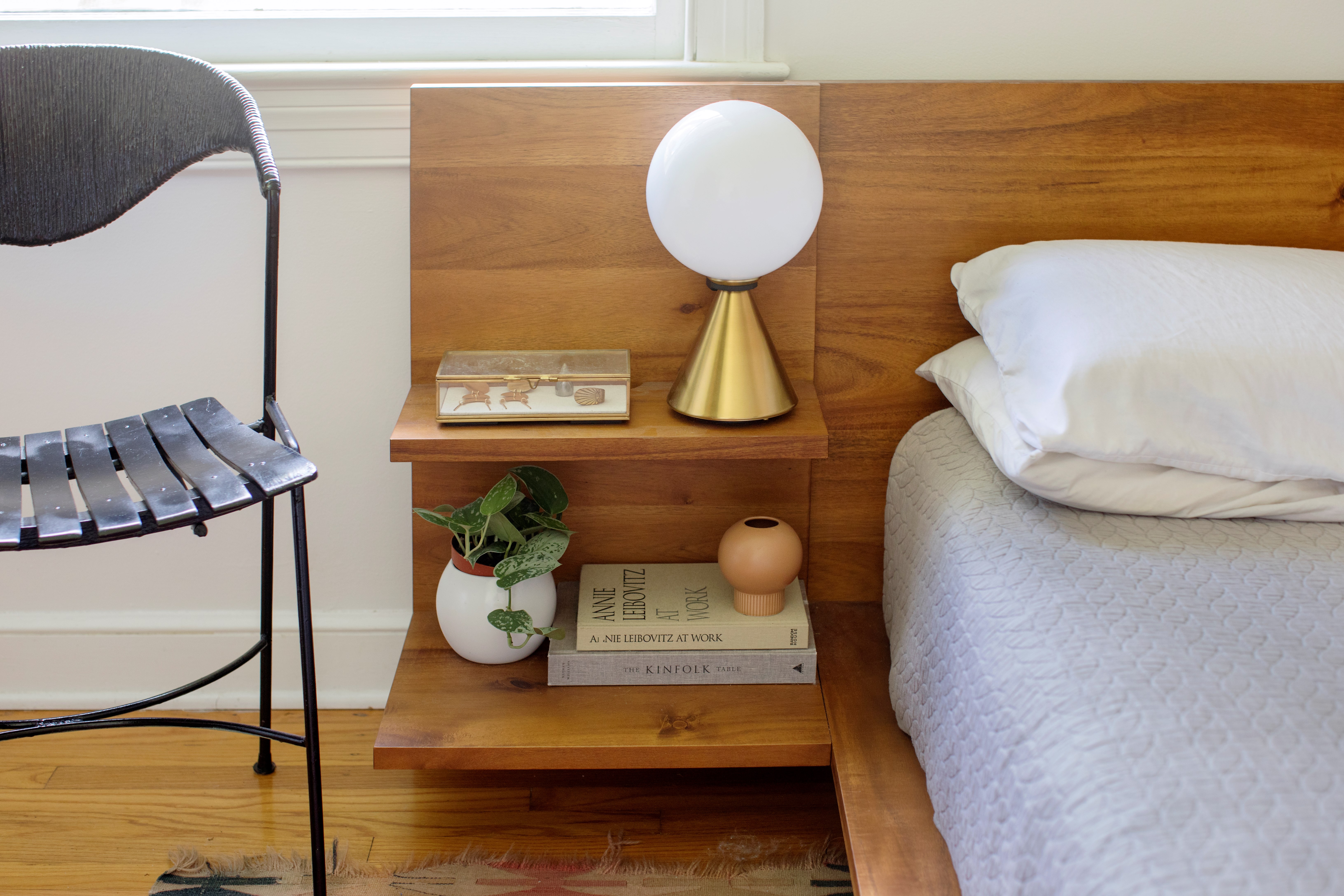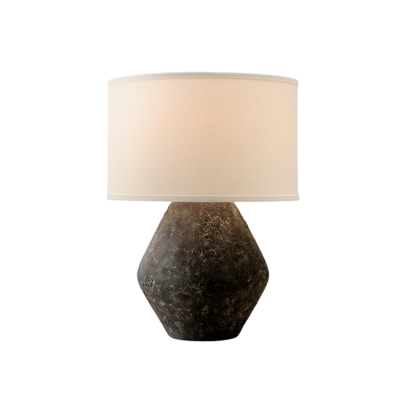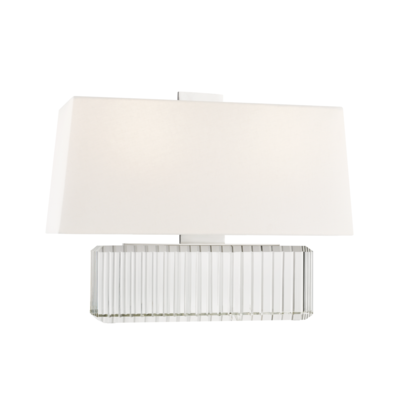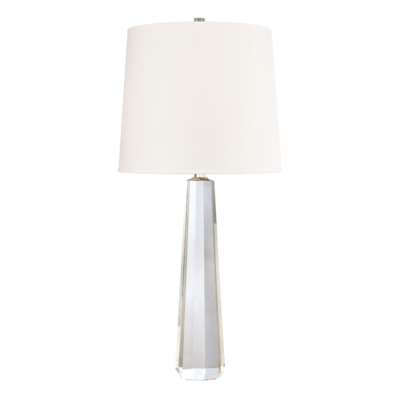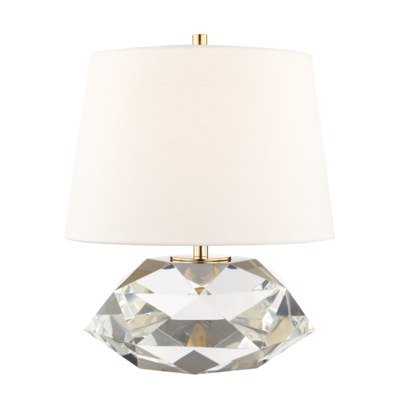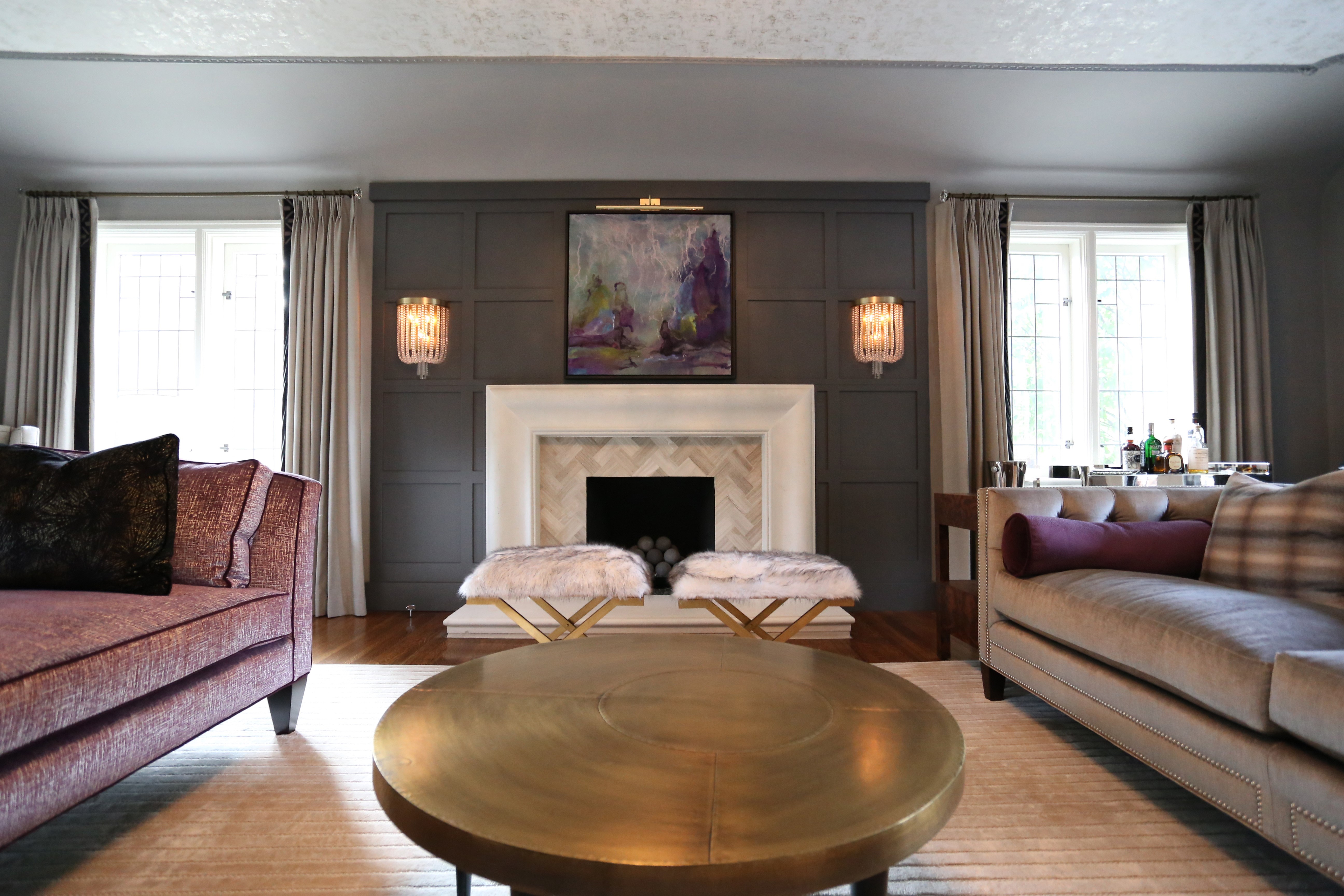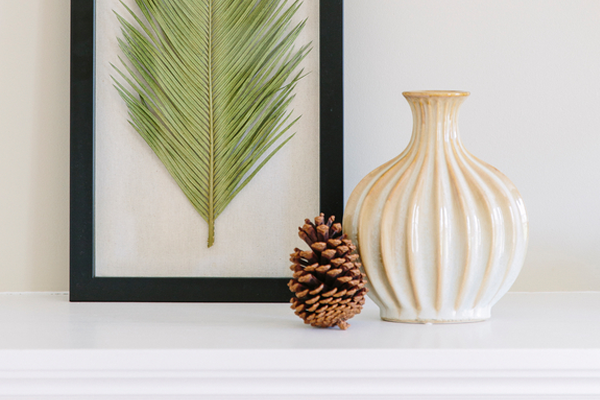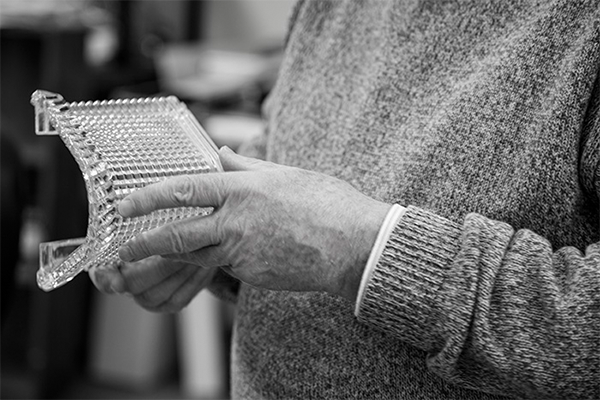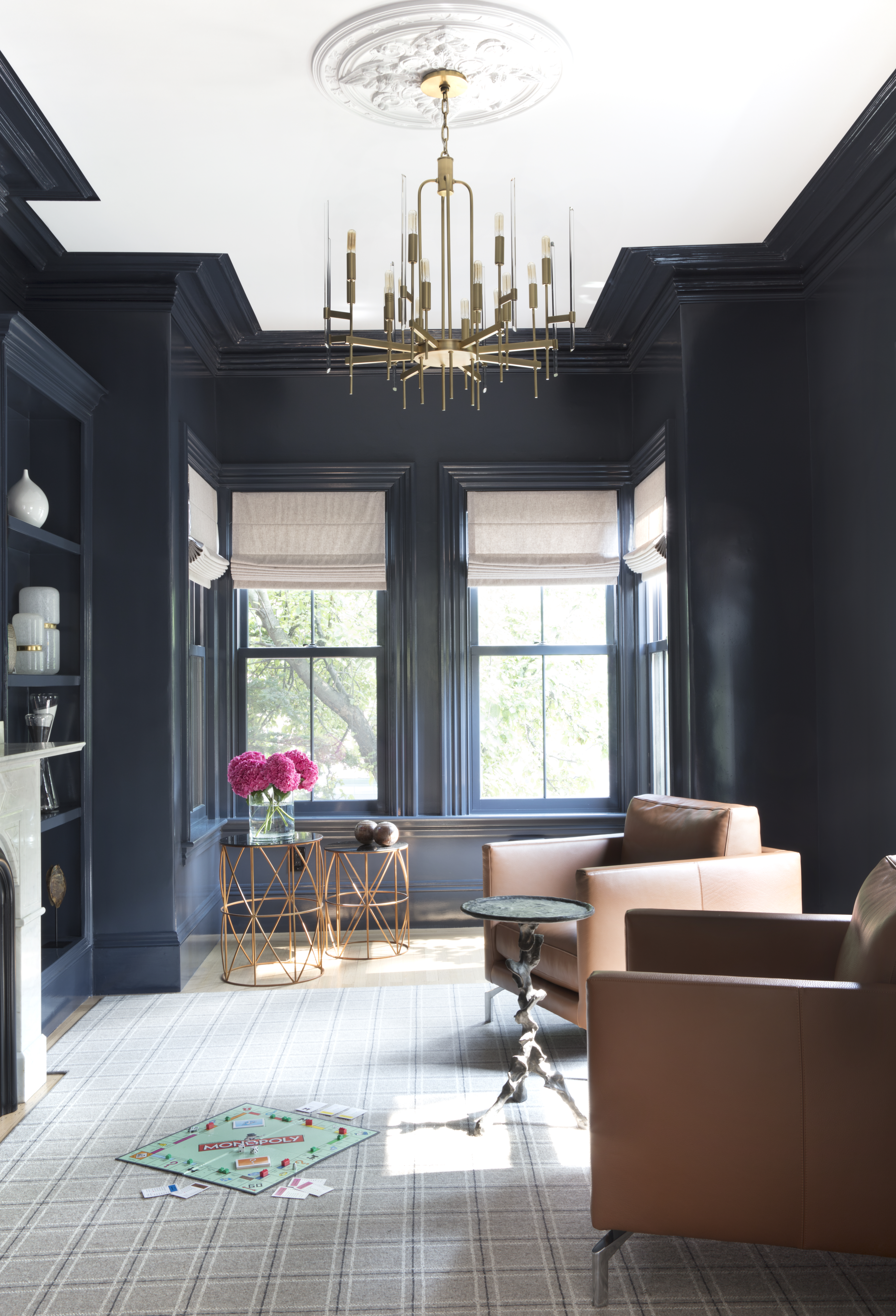So you've decided to get a new table lamp. It's an excellent idea: a foolproof way to freshen up a space, a great way to get more texture involved in the room. Beyond their decorative impact, lamps serve as accent light in creating a room's mood, as well as task light for important domestic activities such as reading.
We call them "portables" in the lighting industry because you don't have to hardwire them to your wall or ceiling. You can move them around whenever you want, making them perfect for a quick refresh. Since they're not wired to the wall, they have a visible cord. This raises questions for the designer as well as the consumer. How much should a cord be seen? Should it have a dimmer on it? Is it part of the lamp's aesthetic design? Should it be covered in fabric?
This issue of the visibility of the cord mostly comes down to how the lamp is wired.
The two main styles are French-wired and standard-wired.
Standard, true to its name, is the more common way, the norm. The wire is hidden in the body of the lamp and discreetly exits through the base, making it easy to conceal. But French? What's with that?
Come with us for a minute on a fun thought experiment.


